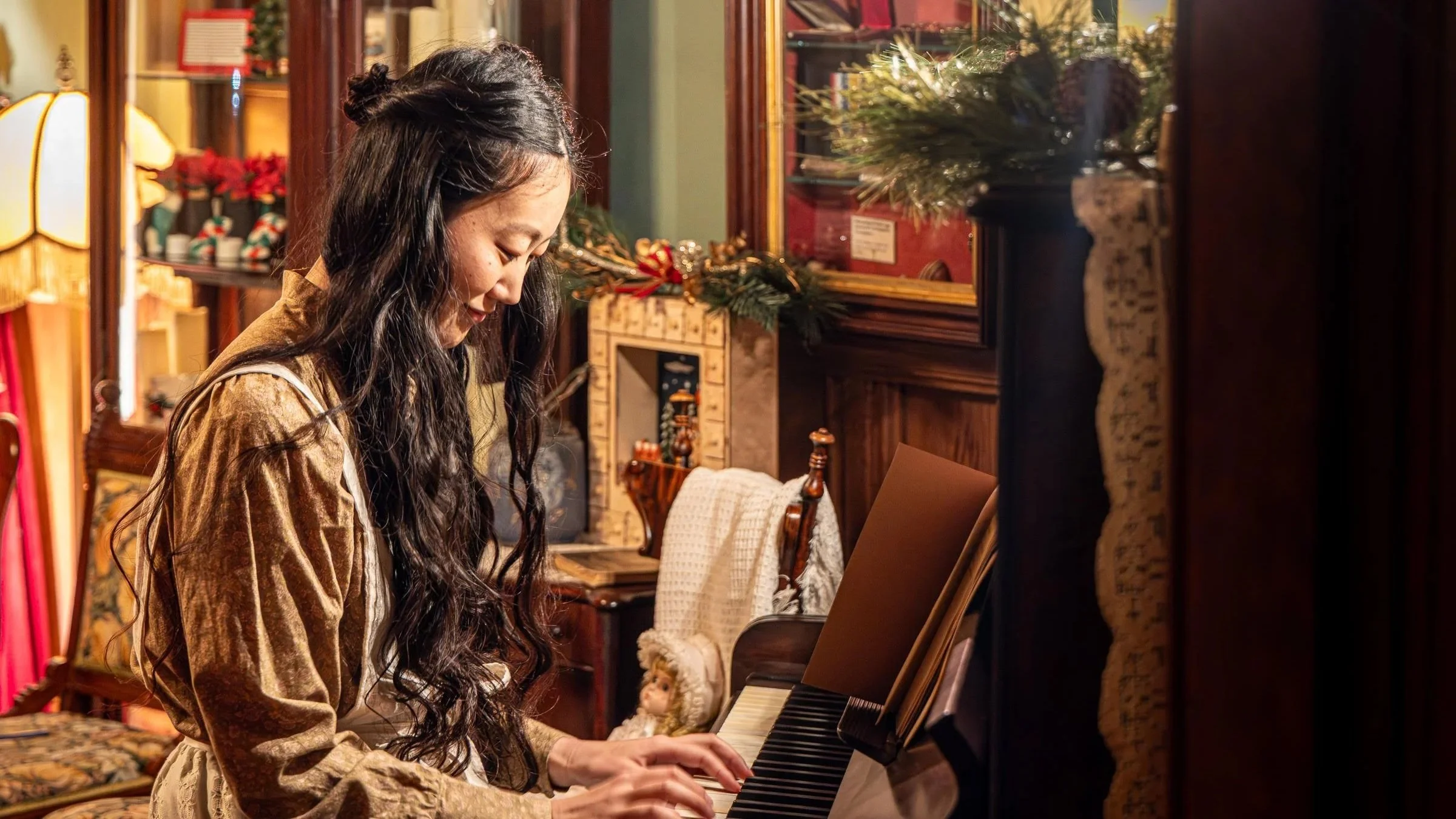Theatre review: Québécois-Indigenous playwright Jocelyn Sioui's Mononk Jules has a hairpin turn
The performer-puppeteer erases nothing about his Huron-Wendat great-uncle’s history
Mononk Jules.
Théâtre La Seizième presents Mononk Jules to February 25 in French (with English surtitles on February 23 and 25)
CANADIAN HISTORY BOOKS, we know, tell a mostly whitewashed version of the country’s formation, with a gross lack of Indigenous voices and presence. In Mononk Jules, Quebec-based puppeteer-playwright Jocelyn Sioui tells one of countless such overlooked stories, that of his great-uncle Jules Sioui (pronounced “see-wee”), a member of the Huron-Wendat Nation. At one point in the solo artist’s animated storytelling, he mentions that he’s taking a detour, “just like a Montreal driver”. Much later, the play takes what’s more of a hairpin turn that leads to a total, gutting shock. The devastating revelation deepens the work’s intensity and profundity, with Sioui erasing nothing in his re-telling of a stunning piece of the past.
Jules Sioui was opposed to the 1940 draft of Indigenous people at a time when they weren’t considered “Canadians” and didn’t have the right to vote. He went on to form a committee to establish Indigenous self-governance and created the North American Indian Nation Government in collaboration with delegates from across the country, laying the foundation for today’s Assembly of First Nations. He fiercely fought for Indigenous rights his whole life, including going on two hunger strikes, one of which lasted 72 days. But this is only part of his story.
Mononk Jules marks the first time that Sioui has ever performed solo or has shared with audiences where he’s from and who he is. Speaking in rapid-fire Québécois French, he not only explores his family roots and personal identity but also gives a kind of lesson about Indigenous history in Canada. Along the way, he looks how memories and accounts of the past are selective.
There is artistry everywhere in Sioui’s handling of the complex, broad, multilayered story ,where old-fashioned props meet high-tech multimedia. On the stage floor are a dozen or so file boxes, some of which Sioui opens up to reveal intricate dioramas or, in one case, a paper re-creation of the Underwood typewriter that his uncle painstakingly typed letters of protest on, tapping away with two fingers. On three screens at the back of the stage, he incorporates playful projections of everything from caricatures of French soldiers to a tipsy John A. Macdonald with a glass of red wine (and nose to match) to flames erupting across a centuries-old map. Sometimes, Sioui pulls out articulated paper cut-outs and split-pin dolls, putting them on a table and videotaping them in real time on a camera concealed in a lamp that he can adjust height-wise; he then projects those images, the figures appearing larger than life behind him.
Sioui is an affable, engaging performer who delivers with heart. He adds in humour and often ad-libs and interacts with the audience; consider how he paused on opening night in a nod to a couple of teenagers in the audience, wondering how on earth to explain “carbon copy” to them. At two hours, Mononk Jules packs in a lot of information. You can’t help but think he would have made his great-uncle—however inexcusably, terribly flawed—proud.













